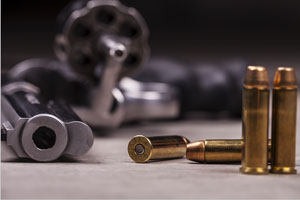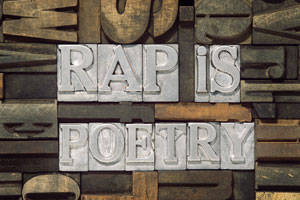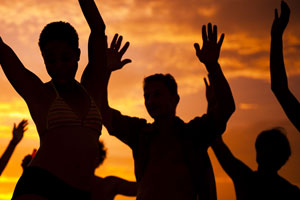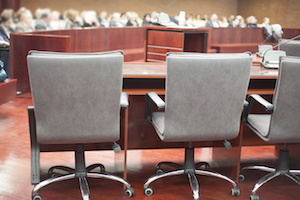A false confession expert witness has testified in the trial of a New Mexico man who stands accused of murdering his girlfriend in 2013. The testimony represents the growing relationship between American courts and psychology experts used to explain human behavior during criminal trials, suggesting the once substantial gap between the two fields is shrinking with advances in behavioral science research.
Confession Expert Testifies in Murder Trial
New Mexico resident Cody Soto has been accused of murdering his 29-year-old ex-girlfriend Brandy Robinson in 2013 by stabbing her multiple times. The first-degree murder charge against Soto has been aided largely by a confession he provided to detectives during the criminal investigation following Brandy’s death, and prosecutors rested their case against the man earlier this week. Defense attorneys representing Soto have maintained the Not Guilty plea entered by their client, and attempted to downplay the weight of his confession by calling a psychology professor as an interrogation expert witness who will tell jurors why and how false confessions happen during police investigations.
Dr. Deborah Davis, a psychology professor at the University of Nevada in Reno who has become a confession and interrogation expert, took the stand as an expert witness for the defense in order to explain to jurors what circumstances create a false confession. According to Dr. Davis a suspect may be pushed towards a false confession when they are overwhelmed by an interrogation and “will do anything to get out of there,” or they believe they are going to lose at trial anyway and a confession is their best chance at a favorable legal outcome. In either case the suspect is distraught, confused, unsure of the legal system, and pressured to engaging in behavior that most jurors believe is impossible: confess to a crime he or she did not commit.
Dr. Davis pointed out to jurors that the Innocence Project, which is an organization committed to exonerating wrongfully convicted suspects by presenting DNA evidence, has calculated that one out of every four wrongfully convicted defendants has falsely confessed to a crime – many of them to serious crimes such as murder or rape.
Confession Expert Explains Police Interrogation Tactics
Police tactics are central to eliciting confessions, and Dr. Davis spent a significant portion of her testimony explaining to jurors how the popular Reid Technique used by most law enforcement detectives can result in a false confession. When instituting the Reid Technique, police officers are trained to demonstrate unwavering confidence that they know the defendant is guilty and that they have enough other evidence for prosecutors to earn a conviction in court. Detectives are allowed to mislead suspects about the strength of their other evidence, and frequently do so.
Dr. Davis when on to explain that detectives use confinement and isolation during interrogations to break down suspects, and will also frequently try to identify with them and express understanding about why the suspect committed the crime by downplaying the seriousness of their actions. The goal of the Reid Technique is to gradually elicit small admissions before earning a full-blown confession over the course of time and constant pressure. Dr. Davis pointed out that the Reid Technique is a highly effective tool, so much so that it can result in false confessions – particularly when defendants are mentally ill or intellectually deficient.
Dr. Davis concluded her testimony by identifying circumstances which can result in a false confession such as a longer-than-usual interrogation, a tired or hungry suspect, and the general discomfort of the session. Dr. Davis was not permitted to talk about Soto’s interrogation specifically, but jurors watched the confession video and attorneys for the defense will likely point out false confession indicators during closing arguments.
False Confession Expert a Sign of Behavioral Science and Law
The use of false confession expert witnesses like Dr. Davis is a growing practice in the American legal system, but is not without controversy. Attorneys and judges have voiced concerns over trials becoming “battles of experts” who can either confuse a jury with highly technical or scientific testimony, or improperly influence jurors by telling them how they should interpret the facts of a particular case. The case of false confession expert witnesses further muddies the intersection of law and psychology because no one really knows how frequent or problematic false confessions are. Even though 25{d61575bddc780c1d4ab39ab904bf25755f3b8d1434703a303cf443ba00f43fa4} of wrongfully convicted offenders who are later exonerated by DNA evidence falsely confessed to committing a crime, it is probably unreasonable to assume the percentage of confessions which are false is that high.
Despite the concerns over increased use of experts and uncertainty about the need for psychology expert witnesses, cases which feature experts like Dr. Davis are becoming more frequent. As behavioral science slowly integrates its research and findings into American jurisprudence, jurors are more frequently exposed to psychology expert witnesses who testify about human judgment and decision-making in order to assist the men and women of the jury appropriately weigh and analyze the facts presented during trial.













